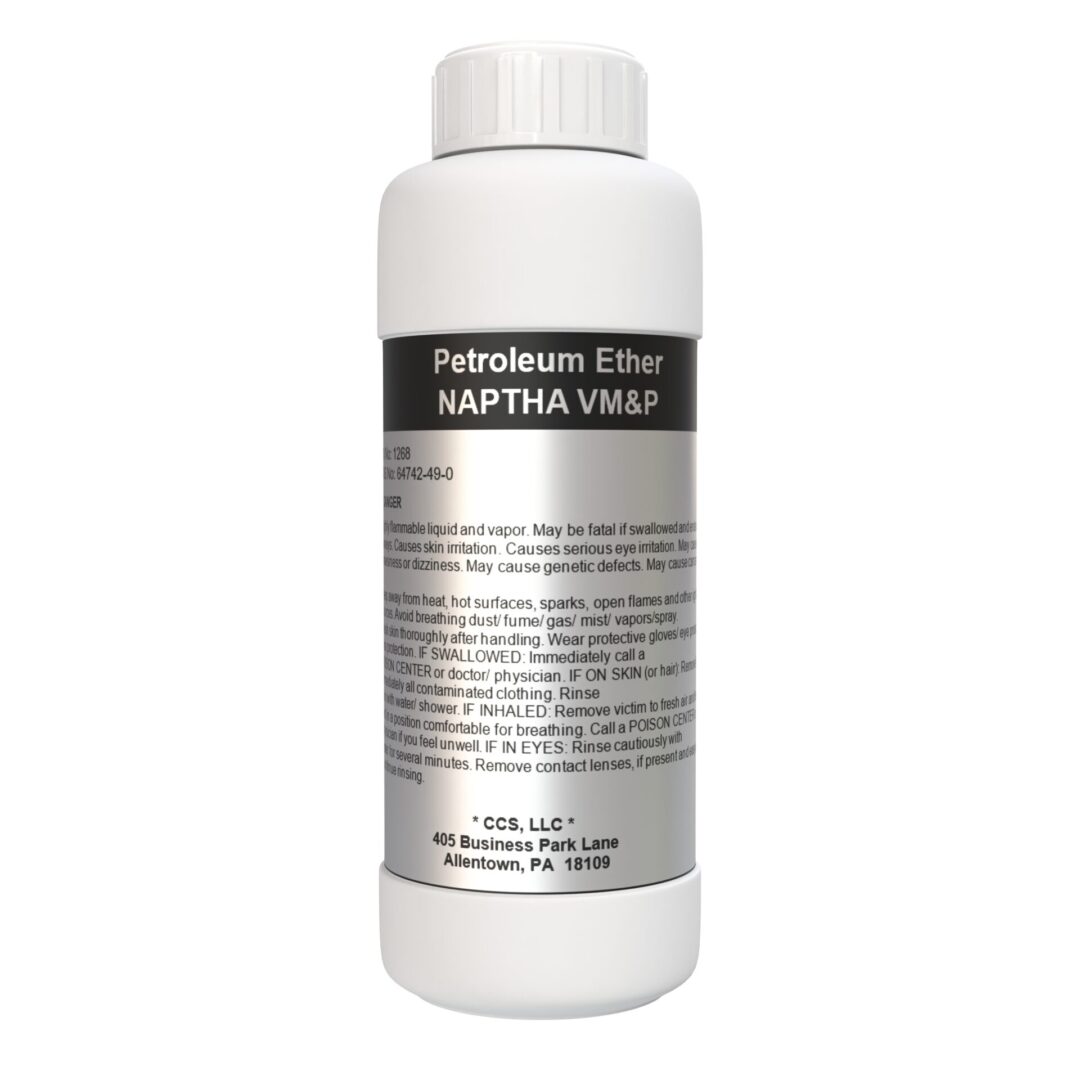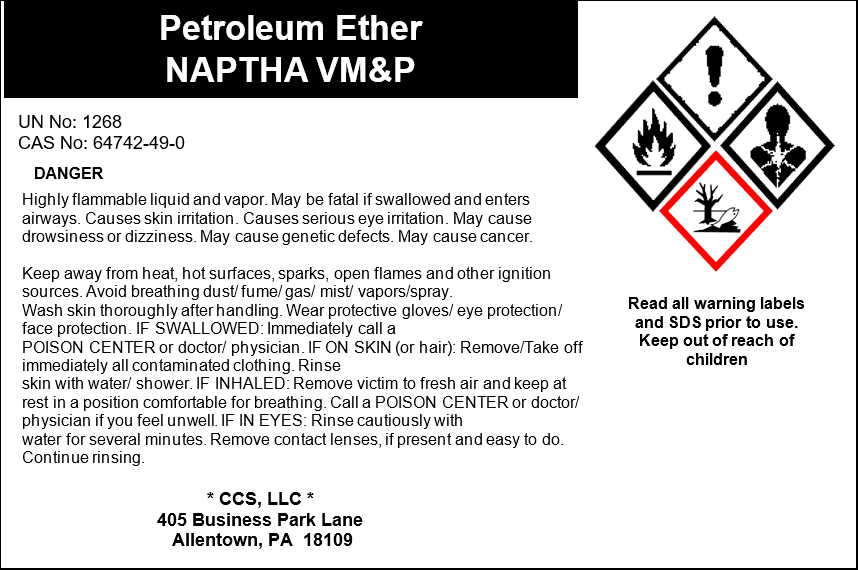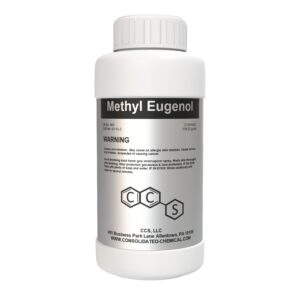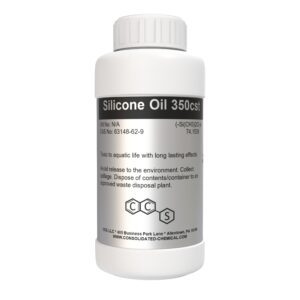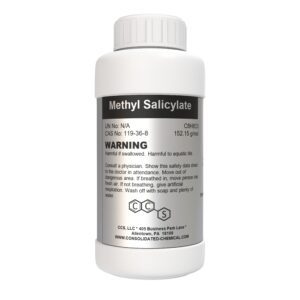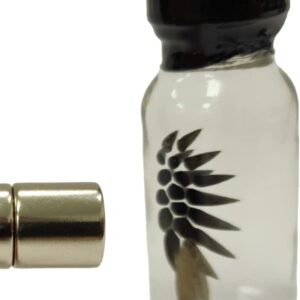Description
Petroleum Ether is a volatile, light hydrocarbon solvent commonly used in industrial, laboratory, and extraction applications. It is a clear, colorless liquid with a low boiling range, making it an excellent solvent for fats, oils, and waxes. Despite its name, Petroleum Ether is not an ether but a refined petroleum distillate.
Applications of Petroleum Ether:
Laboratory Applications
- Solvent for Chromatography:
- Commonly used as a solvent in column chromatography and thin-layer chromatography (TLC) for separating non-polar compounds.
- Sample Preparation:
- Ideal for dissolving non-polar substances and preparing samples for analysis.
- Extraction:
- Frequently used for extracting lipids, oils, and other non-polar compounds from mixtures.
Industrial Applications
- Cleaning Agent:
- Removes grease, waxes, and oils from machinery, surfaces, and equipment.
- Manufacturing:
- Utilized in the formulation of adhesives, paints, varnishes, and coatings.
- Rubber and Plastics:
- Acts as a solvent in processing and manufacturing.
Pharmaceutical Industry
- Drug Synthesis:
- Used as a reaction medium or solvent in the synthesis of certain pharmaceutical compounds.
- Extraction:
- Employed in the preparation of plant-based extracts or chemical precursors.
Food Industry
- Oil Extraction:
- Used for the extraction of non-edible oils, particularly in industrial processes.
Environmental and Research Applications
- Soil Testing:
- Assists in the analysis of hydrocarbon contamination in soil and water samples.
- Environmental Analysis:
- Used in testing and monitoring for non-polar contaminants.
Specialty Applications
- Aerosols and Sprays:
- Found in the production of aerosol products as a solvent or propellant.
- Polishes and Waxes:
- Used in household and automotive products for cleaning and polishing.
- R&D:
- Essential in research labs for testing and chemical experimentation.
Miscellaneous Uses
- Fuels and Lubricants:
- Acts as a component in certain fuel formulations and in cleaning lubricant residues.
- Household Products:
- Included in cleaning agents for its quick evaporation and efficient grease removal.
Storage and Handling:
- Storage Conditions:
- Store in a cool, dry, and well-ventilated area away from heat, sparks, and open flames.
- Keep containers tightly closed and grounded during storage.
- Shelf Life: 24 months under recommended conditions
Safety Information:
- Hazard Classification: Highly flammable, harmful if inhaled, and may cause skin and eye irritation.
- Precautions:
- Use in a well-ventilated area or under a fume hood.
- Avoid direct skin contact and prolonged inhalation.
- Use appropriate personal protective equipment (PPE).
- Safety Data Sheet (SDS): Available upon request


